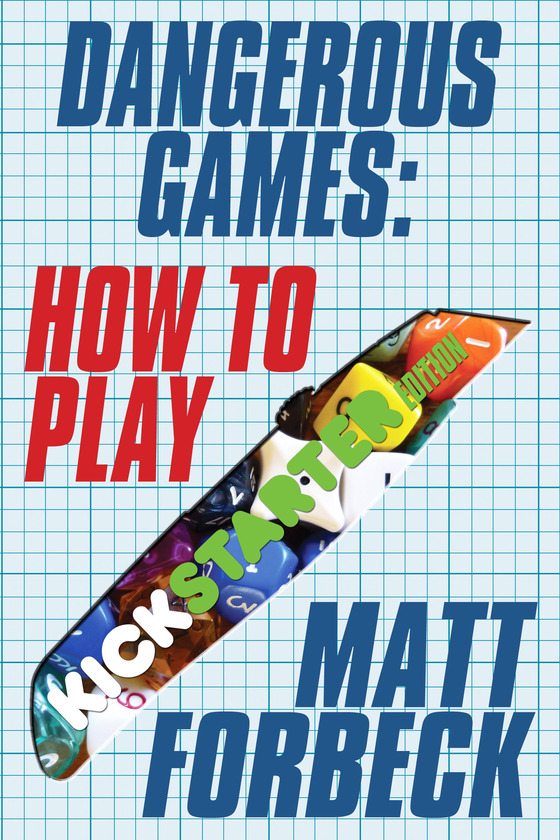Finish Something
I like my game, but I don’t close my eyes each night hoping to see piles of money in the morning. Just because it is published doesn’t mean it is either successful or done. What Party On! has brought me, however, is confidence. With three kids entering prime gaming ages, I see a future filled with as much creating as playing.
Growing up in game-playing families, both Smith and Pottmeyer found ways to turn their passion into a professional trajectory. Pottmeyer went to college as an opera singer, but couldn’t escape early memories of playing Zaxxon on his Commodore 64. He eventually emerged from graduate school with two fellow students to found Studio Cypher in 2005. After writing his first role-playing game in college, Smith applied his computer programming skills toward game production. Now partnered with co-founders Tavis Parker and Jamie Vrbsky, TGC handles 2,500 games each month. Both men understand the challenge of creating a successful game.
Smith advises designers using TGC to pay attention to the writing and packaging. Many people expect to see a copy of the rules available online before they consider buying a game. When the rules are understandable and compelling, sales go up. Eye candy is critical, too. “If your game isn’t pretty on the website, people aren’t going to add it to their shopping cart,” he warns. “A lot of game designers in our chat rooms are worried more about the price of the game. Price has less to do with the sale of a game than how good it looks.”
After hearing this advice, I made some quick alterations to my own storefront graphic and added a PDF version of the bottom-of-the-box sticker with the rules. It might be too late to help. A few weeks after releasing it to the wild, my game has been joined by 25 others on the new games view of the shop, pushing it to the second page and probably obscurity.
However, nothing trumps a good social network. Whether that means identifying potential customers in your market, or leveraging the goodwill of people you already know, being proactive in building an audience for the game has a big impact on how many people buy it. “There are other people who put their game up on the site and don’t do anything more,” says Smith. “The only thing they have going for them is that a browser in our shop happens to find their game, which happens to catch their interest enough to look at it, and then they make a sale or two.”
Pottmeyer concurs. “I wish it was as easy as just making a good game,” he says. “Going out and finding people who want to give you money for your game is the most important thing to do.”
Unless game design is going to be your profession, though, pay more attention to improving process than sales. This is achieved by continuing to invent, create and refine your ideas. Smith suggests finding a local game shop, which likely has set aside space to play games and test prototypes. Conventions of all kinds are great for gaming, as people are there to get to know other people. A game like Werewolf can facilitate introductions and create lasting memories. Mostly, your ability to craft success improves with experience. In other words: Keep creating games.
“Start now,” urges Pottmeyer. “Make a game. It doesn’t matter if it’s good.”
Just finish something.



